Why do we love Chanel?
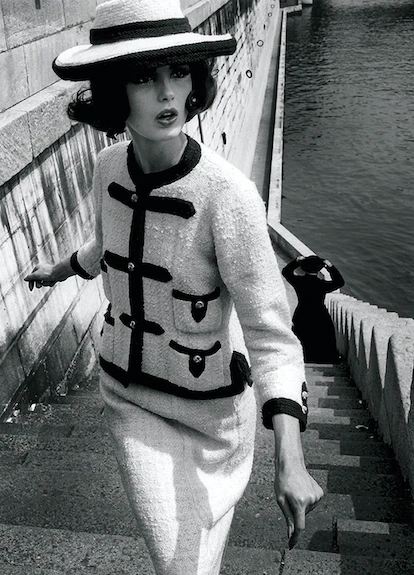
Photograph by William Klein. Published in Vogue, October 1960.
Of all the brands people ask about when searching for a pre-loved designer handbag, Chanel is the name that pops up most. Chanel is one of the most iconic of designer brands, the most sought-after of labels, but why? Why do people love Chanel?
Let’s take a quick look back at the history of the house of Chanel, and seek the moment when Chanel became an icon.
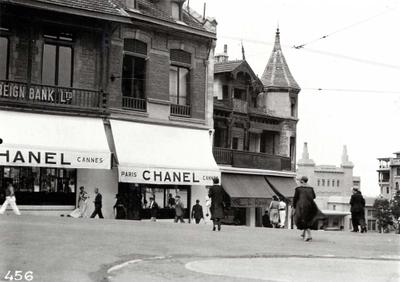
Gabrielle Chanel, or Coco as she became known, opened her first shop in Paris in 1910, a hat shop on Boulevard Malesherbes, on the ground floor of the flat of her lover, businessman Étienne Balsan. How terribly French!
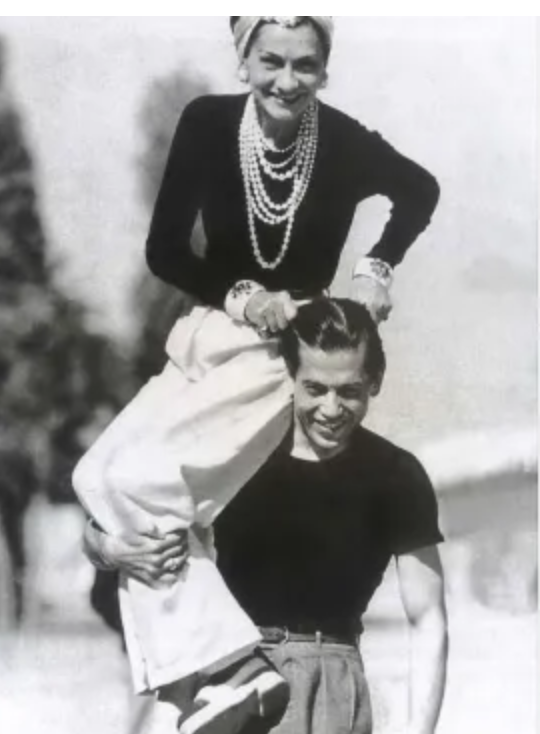
Through Étienne she met many of the social elite of that time – and their mistresses, to whom she was able to sell her hats, giving her some financial independence. She also met Boy Capel, and (as was quite acceptable in that era) became his mistress too. Capel clearly recognised something special in Coco, as he financed a new shop for her on Rue de Cambon. Within two years the irrepressible Chanel had launched a collection of ready-to-wear sports clothes for women. Chanel was firmly on her way.
“It is always better to be slightly underdressed.
Coco Chanel
While WWI was devastating to many, Chanel’s business grew and grew, with her military uniform-inspired designs becoming famous throughout France. By 1915 she was able to open her first fashion house, in Biarritz, employing over 300 people, and her designs were high on the list of every fashion buyer in Europe. After the war, she continued to develop her business, creating fashions very in line with the trends of the day – it was, of course, the era of the flapper – and in 1921 launched her first perfume, Chanel No. 5. Over the next decade she focussed on her perfume and cosmetics range, sending her name far and wide and developing significant fame.

“A woman who doesn’t wear perfume has no future.
Coco Chanel
In 1926 came a moment that should be gilded and wrought with pearls – Chanel released the Little Black Dress. The concept is iconic, but was this the moment Chanel herself became an icon? The LBD remained a staple of her designs, and entered the collection of many other fashion houses over the years, and is of course a staple of every elegant woman’s wardrobe. Chanel herself said: “I imposed black; it’s still going strong today, for black wipes out everything else around.”
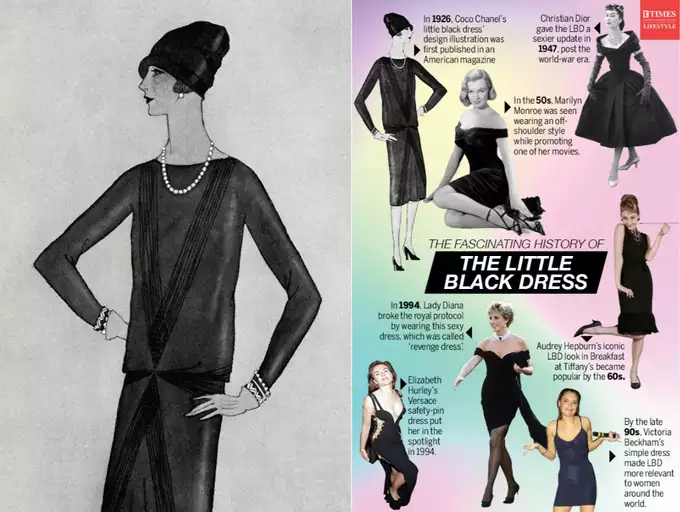
In 1932 Coco Chanel released her first haute joaillerie collection, a stunning selection of diamond jewellery inspired by the moon and the stars
In 1939, Chanel closed her couture house in Paris, but continued to sell her perfumes and jewellery. At this point she made what could be considered her first bad move – taking Nazi intelligence officer Hans Günther von Dincklage as her lover and moving in with him at the Ritz Hotel. Chanel’s new role as Nazi collaborator became an open secret, and she was actually sent to London to meet with Winston Churchill, to present a peace plan devised by Heinrich Himmler, as he sought to avoid war on two fronts, against the allies and the Soviet army. After the war she was arrested as a collaborator, but saved from imprisonment, or worse, by Churchill himself. Her actions however meant that she had to flee to Switzerland, where she remained with her lover von Dincklage for eight years.
“How many cares one loses when one decides not to be something but to be someone.
Coco Chanel
In 1952 Marilyn Munroe uttered her famous response to the question of what she wore to bed: “I only wear Chanel No. 5.”, ensuring the name of Chanel took on new status.

In 1953 Chanel returned to Paris, finding the fashion house of Christian Dior in ascension, and the New Look worn across Europe – designs that used metres and metres of fabric, a true luxury after the privations of the war. Chanel, in contrast, released her elegant, sharply-cut two-piece suit, a design that has stood the test of time when the New Look hasn’t.
Chanel had lost none of her business savvy, and found a new financial backer to help her re-launch her ready-to-wear, jewellery and haute couture collections. In 1955, she launched her first quilted leather handbag, the 2.55. Now, that’s an icon.
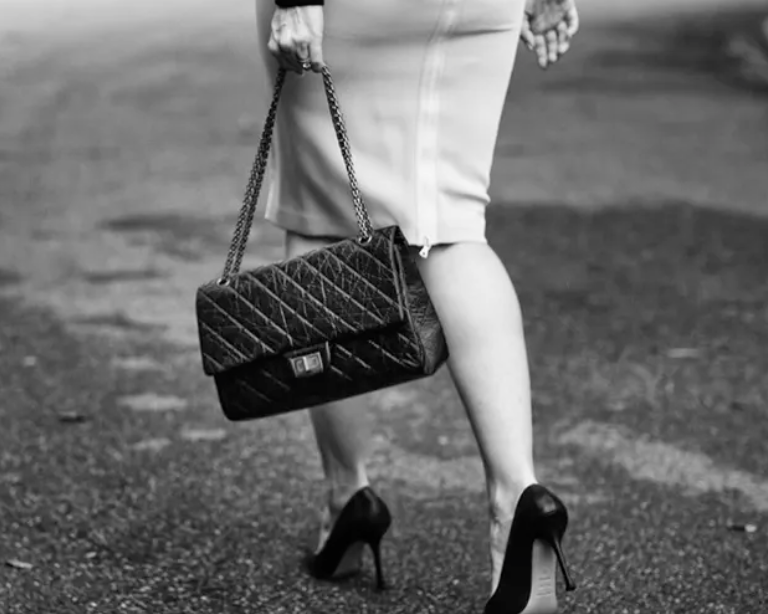
Throughout the 1950s Chanel put herself back on track and remained the brightest star in the fashion firmament until her death in 1971, at the age of 87.
So, is there a point at which we can say Chanel earned her icon status? 1926 with the Little Black Dress? 1952, with Munroe’s scandalous statement? 1956, with her Paris comeback and the definitely iconic Chanel suit? Or 1971, when she departed this world, having designed right up until the end, leaving us with a posthumous collection that was, of course, a huge success
We think it’s safe to say that she earned her status as an icon of style with every step she took as a designer. From Chanel No.5 to her LBD, from her two-piece suit to her long strings of pearls to her two-tone shoes, from the introduction of the leather and chain bag straps to her infinitely collectible 2.55, there are many glowing points in Chanel’s life we can all be grateful for today.
As the star herself said:
“Fashion fades, only style remains the same.
Coco Chanel
Christine x


 &
& 